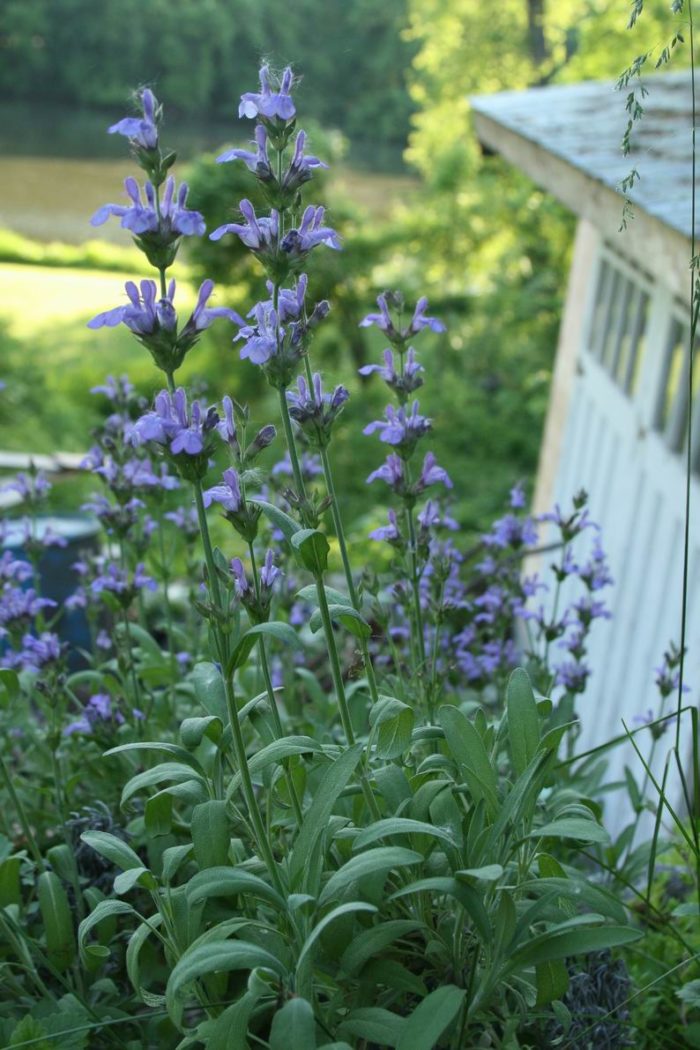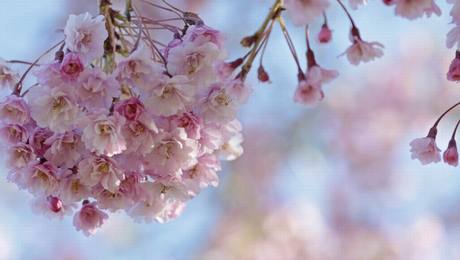
Photo/Illustration: Michelle Gervais
Who knew good old common sage (Salvia officinalis and cvs., USDA Hardiness Zones 5-8) could look this good? Besides being a must-have herb for cooks, sage also provides stunning flowers. Sage prefers full sun and sharply drained soil. This photo was taken in the garden of Michelle Gervais in New Milford, Connecticut.
Welcome to the Fine Gardening Garden Photo of the Day blog! Every weekday we post a new photo of a great garden, a spectacular plant, a stunning plant combination, or any number of other subjects. Think of it as your morning jolt of green.
Sign up to get new posts delivered to your inbox each morning, so you’ll always remember to take a look. We look forward to sharing our garden travels with you.
If you think you have a photo that we should share on the Garden Photo of the day, email us. Send hi-res images to [email protected] with GPOD in the subject line. We’ll only respond if we plan to use your photo.
Fine Gardening Recommended Products

Nesco Snackmaster Express Food Dehydrator
Fine Gardening receives a commission for items purchased through links on this site, including Amazon Associates and other affiliate advertising programs.


















Comments
My common sage did not have flowers at all. However, the herb lady talked me into also taking home a Mexican sage ("You will love it," she said). Though the leaves aren't edible, the plant sat there quietly and modestly through the summer until September, when it sprang to life with tall, nodding branches covered with vivid violet-coloured flowers (similar in appearance to the blossoms in the photo in demeanor, if not color), and it bloomed for a solid two months. Love it, indeed!
Sage is a very important plant in the Central Oregon garden as not only does it thrive in our dry high desert climate, the deer will not eat it. All forms of salvia, ornamental and culinary do well here and act as very important landscape plants. Pictures of different forms can be seen on my blog: http://centraloregonlife.blogspot.com/, as well as many other tough hardy plants that thrive along side it.
Log in or create an account to post a comment.
Sign up Log in